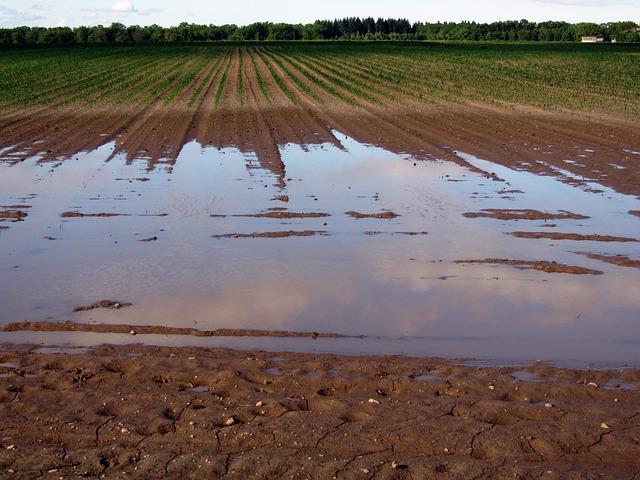- Introduction
- Causes of Severe Flooding in Spain
- Impact of Flooding on Spain: Society and Economy
- Environmental Impacts of Flooding
- Steps Toward Recovery
- Conclusion
- FAQs
- References
Introduction
Severe flooding has become a recurring phenomenon in Spain in recent years. This natural disaster not only wreaks havoc on urban infrastructure but also causes long-lasting socio-economic and environmental consequences. In this article, we will explore the major causes of severe flooding in Spain, its impacts on various sectors including society and environment, and discuss steps toward a path to recovery.
First, we will discuss the root causes of these events, ranging from natural weather conditions like torrential rain to human-induced factors such as poor urban planning. Next, we’ll examine the broad impact of flooding on Spain's economy, infrastructure, society, and environment. Finally, we’ll look into available recovery strategies, highlighting both governmental decisions and community-driven efforts toward reducing future flooding incidents.
Causes of Severe Flooding in Spain
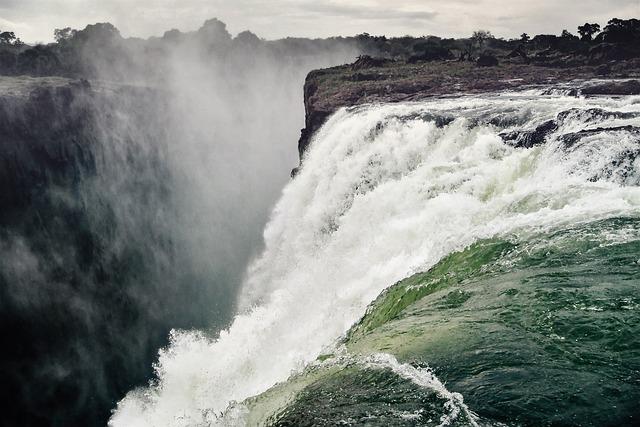
(Image: Pixabay/@8moments)
Many factors contribute to intense flooding situations in Spain, and they can largely be categorized into two types: natural phenomena and human activity.
Natural Causes
Spain is geographically positioned to receive a variety of extreme weather conditions that are conducive to flooding. The country frequently experiences episodes of heavy rain combined with strong winds due to low-pressure systems in the Atlantic Ocean. These torrential rainfalls result in river banks overflowing and the subsequent inundation of urban and rural areas. Another factor is the Orgraphic effect—where rain clouds hit mountainous regions and release excess moisture, aggravating water flow in valleys.
Climate Change
Climate change is causing shifts in precipitation patterns across Spain, with rainstorms becoming more erratic and intense. Certain regions, especially in the Mediterranean, experience prolonged droughts that create hardened soil unable to absorb large quantities of water during rainstorms, thus leading to quicker runoffs. Furthermore, scientific studies suggest that warming sea temperatures may contribute to increased evaporation and higher rain volumes.
Human-Related Factors
Human activities such as poor urban planning further elevate the risk of flooding. Agricultural intensification often leads to deforestation, removing trees that would otherwise naturally absorb water and reduce runoff. Improper drainage systems and haphazard construction near rivers exacerbate this situation.
Inefficient Infrastructure
The existing flood management infrastructure in Spain sometimes proves inadequate. Many regions do not have updated flood monitoring or alert systems. Due to aging dams and water reservoirs, precipitation exceeds containment capacities, particularly during extremely heavy storms.
Impact of Flooding on Spain: Society and Economy
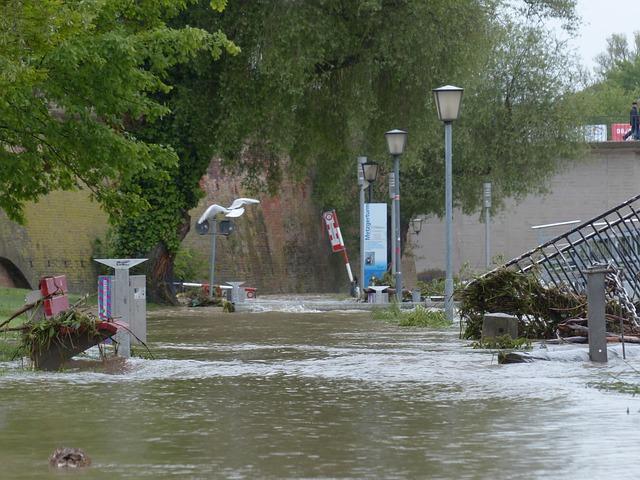
(Image: Pixabay/@Hans)
The impacts of flooding manifest not only through physical destruction but also ripple into the economy and societal well-being.
Infrastructure Damage
Flooding can seriously damage infrastructure, including roads, bridges, homes, schools, and hospitals. In regions like Andalucía and Murcia, thousands of residents are displaced due to recurring storms and floods. Roads become unpassable, halting transportation and causing delays in the delivery of critical goods and services.
Economic Strain
The economic repercussions are staggering. Each major flood event costs the Spanish government millions in damages. The agricultural sector, one of Spain’s most significant contributors to GDP, suffers floods that wash out crops, hinder planting seasons, and damage farm machinery. Businesses that depend on seasonal tourism, particularly in coastal areas, face extensive losses due to destroyed infrastructure and delayed opening times for tourist attractions.
Public Health Concerns
The risk of waterborne diseases rises dramatically after flooding events. Contaminated drinking water, standing pools of water attracting mosquitoes, and lack of sanitation lead to outbreaks of illnesses in flooded areas. Emergency responders are often overwhelmed, lacking proper resources for timely medical interventions.
Psycho-Social Impact
Displaced families face long-term psychological trauma. Homes damaged beyond repair lead to emotional and financial stress. Areas that remain uninhabited post-flood complicate reforms and rebuilding processes, making it difficult to coax communities back to normalcy after a catastrophe.
Environmental Impacts of Flooding
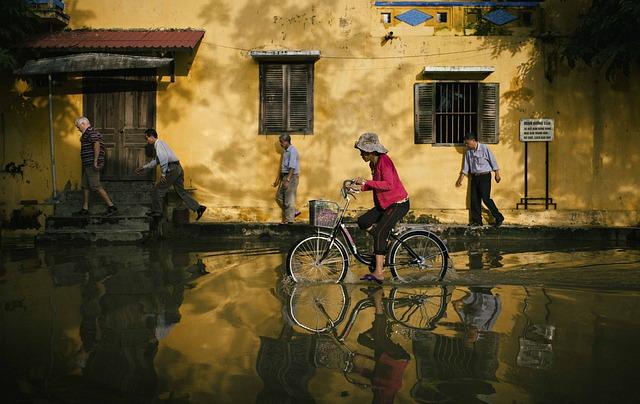
(Image: Pixabay/@trilemedia)
Flooding doesn't just affect human societies; it also disrupts natural ecosystems and wildlife in Spain. The consequences are wide-ranging, from soil erosion to biodiversity loss.
Erosion and Soil Nutrient Loss
Soil erosion is one of the most damaging effects of floods. As water aggressively flows through previously dry lands, the topsoil layer — which is the most fertile part — is often washed away. What remains behind is land that struggles to support plant life, affecting everything from agriculture to local flora and fauna. It is particularly harmful in forested areas, where mature trees are swept away, resulting in landscapes that are stripped of organic material.
Pollution of Water Bodies
The overflow of water mixes with contaminants such as industrial waste, sewage, and chemicals from agricultural lands. This polluted water then drains into rivers, lakes, and the ocean, affecting marine life. An increase in nutrient pollutants can lead to algal blooms, which, in turn, suffocate aquatic organisms by depleting the oxygen levels in the water.
Wildlife Displacement
Wild animals lose their habitats temporarily or permanently due to flooding. Entire ecosystems can be thrown off-balance, resulting in decreased biodiversity. Birds, mammals, reptiles, and other species that rely on specific habitats are left with fewer options for shelter and food sources.
Long-Term Environmental Alterations
In Cordoba, for example, flash floods have reshaped the landscape dramatically over the past decade. River channels expand, ground levels shift, and natural floodplains are altered. These landscape changes can take decades to stabilize, with uncertain recovery timelines for plant and animal life.
Steps Toward Recovery
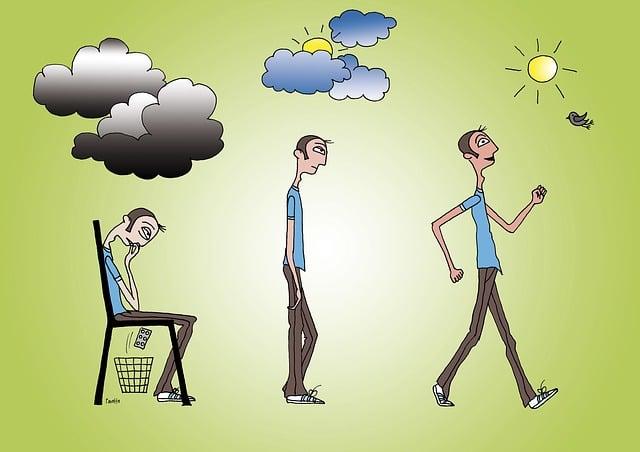
(Image: Pixabay/@Fanette)
Recovery from severe flooding is neither quick nor easy, requiring immediate emergency responses followed by long-term preventative measures. Below are some key steps toward controlling the damage and mitigating future risks.
Improving Urban Planning
Local governments need to implement strict regulations for urban development, especially in flood-prone areas. Building projects should consider the capacity of natural drainage systems and avoid disrupting riverbanks or other crucial natural structures. Limiting construction in these high-risk zones can significantly reduce damage.
Upgrading Infrastructure
Spain’s flood defense infrastructure requires modernization. Many regions need complex drainage systems and anti-flood infrastructures, such as levees, to better manage water surges. Implementing green infrastructure, including urban parks that absorb stormwater, offers dual benefits of recreational space and flood prevention.
Early Warning Systems and Public Awareness
The development of early flood warning systems is essential for saving lives and minimizing damage. Citizens need to be made aware of potential risks through public campaigns, ensuring better preparedness for evacuations and other emergency measures. Collaboration with meteorological services can increase response efficiency when a flood is imminent.
Environmental Restoration
Restoration plans for forests, wetlands, and rivers are essential for naturally reducing the impact of future floods. Reforestation efforts and wetland revitalization offer a dual approach to preventing water build-up and improving biodiversity. Programs aimed at creating longer-lasting green spaces will bring about more resilience to both flood situations and broader climate change impacts.
Conclusion
Severe flooding in Spain has complex causes and pervasive impacts that affect every part of the nation's ecosystem and economy. While natural weather patterns and climate change play significant roles, human activities such as poor urban planning make flooding even more disastrous. The impacts range from infrastructural damage and economic loss to health risks and environmental degradation.
The journey toward recovery must include a multi-faceted approach. Effective urban planning, enhanced infrastructure, improved flood risk communication, and robust environmental conservation strategies will be crucial for reducing future risks and ensuring a sustainable recovery path for affected communities.
FAQs
What regions in Spain are most prone to flooding?
Regions like Andalucía, Murcia, and Valencia are particularly vulnerable to flooding due to their geographical features and proximity to storm paths originating from the Atlantic Ocean and the Mediterranean Sea.
What is the main contributing factor to flooding in Spain?
Torrential rainfall driven by low-pressure systems and increasingly severe weather patterns due to climate change are primary contributors. Human actions such as urbanization and deforestation also exacerbate the problem.
How does Spain prepare for future floods?
Spain is working on improving its flood warning systems and upgrading outdated infrastructure, alongside increasing public awareness regarding evacuation procedures. There’s also a growing emphasis on sustainable development practices to protect flood-prone areas from excessive damage.
Can flooding in Spain affect tourism?
Yes, especially in coastal areas where tourism contributes heavily to local economies. Flooding often leads to property damage and delays in the opening of resorts and attractions, thereby limiting tourist activity.

